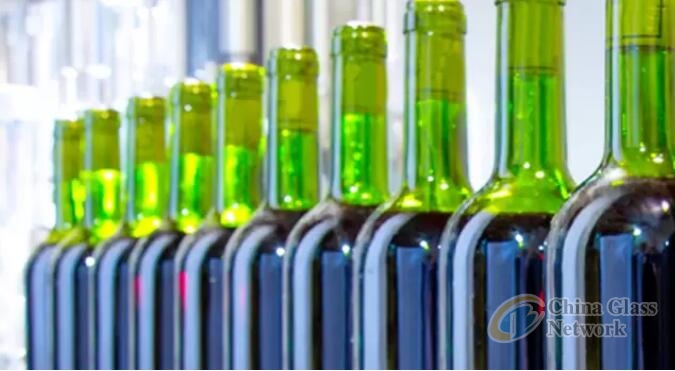Post Time:Mar 11,2020Classify:Industry NewsView:1563
Michel Giannuzzi, President of FEVE and CEO of Verallia, responded to the article “Why it’s time to cut back on glass wine bottles”, written by Jancis Robison and published on The Financial Times.
Subject line: Comments on your FT article “Why it’s time to cut back on glass wine bottles”
Dear Jancis,
At the European Container Glass Federation, we have read your article “Why it’s time to cut back on glass wine bottles” (Financial Times, February 21) and would like to clarify some important elements. As one of the world’s foremost wine connoisseurs, you would appreciate that wine texture or structure is not just a matter of ingredients, but alchemy in which packaging plays a key part. Glass has a lot to offer. No other packaging materials come close to glass for recyclability, health, and taste preservation. But as an industry, we are committed to doing more to increase the sustainability of glass.

It is a fact that glass production is energy-intensive and generates emissions, and we are strongly committed to address these limits by continuously investing in research and innovation and implement practical solutions. Despite being the old kid on the block, glass is already today -30% lighter, 70% less energy-intensive and emits 50% less CO2 than fifty years ago. As we speak, we are exploring new breakthrough technologies to make production carbon-neutral, and forging partnerships throughout the value chain to ensure that we maximize recycled content for use in new production loops. Further improving the carbon footprint of the industry is a challenge that requires a collective effort, and this is why we work hand-in-hand with all stakeholders, from suppliers to local communities, political decision-makers, and our customers.
Latest industry figures put collection rates at 68% in the UK, placing glass head and shoulders above alternatives of plastic pouches or cartons (whose recycling is almost impossible due to the use of several materials glued together like plastic or aluminum). Reusable glass is indeed part of our industry’s journey toward carbon neutrality, with bottles that can be used up to 50 times before being recycled for a new production; fortunately, for those not lucky enough to live in proximity to a vineyard, Europe’s extensive spread of glass packaging manufacturing plants means that bottle supplied for our customers are at a short distance. Raw materials like sand are also sustainably and locally sourced at less than 300 km from the glassworks, dramatically reducing the carbon footprint.
In short, glass is a brilliant material that deserves a complete analysis compared to its competitors. We’ve outlined some further points in the attached document, and we hope that you will be eager to restore glass to its rightful place.
We’d like to take this opportunity to invite you on a trip to one of our production locations at your convenience, where you can see how glass packaging is produced, recycled and used to bottle one of the wines you love.
We look forward to hearing from you.
Best wishes,
Michel Giannuzzi
President of FEVE – the European Container Glass Federation
Source: glassonlineAuthor: shangyi
PrevAssovetro: the Italian glass industry shifts gear and goes “green”
Tecglass and Cugher Glass join forces in the automotive arenaNext